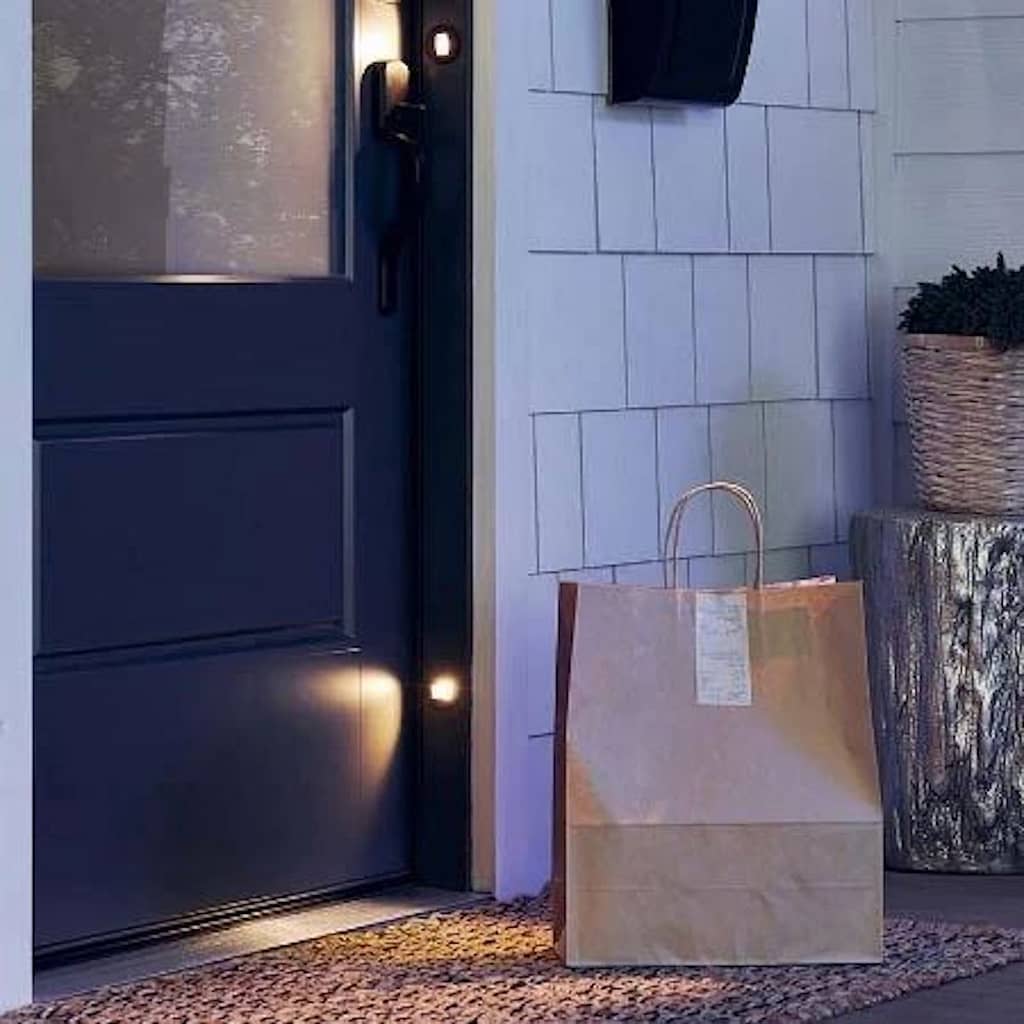
We’ve come a long way since the 1980s Smart House! Remember when all the wiring technologies and communications protocols were disparate, and the major goal was to bring them together onto a single platform?
It’s been more than 40 years since the inception of home automation. Welcome to plug-and-play home electronics solutions that have evolved the market from a mere curiosity for the small “ahead-of-the-curve” segment of luxury homebuyers, to our current technology reality, reports Home Innovation Research Labs. It is estimated that there will be 78 million smart homes in North America by 2024, according to Berg Insight. To put that number into perspective, that’s 53 percent of all homes across our continent
The ripple effects of COVID-19 underscore the value of a strong and reliable in-home internet signal that allows multiple people—parents working from home, kids learning virtually, everyone binge-watching their favorite streaming service, not to mention security systems and other connected devices—to be online at the same time without a decline in performance. Dealerscope reports that about half of U.S. consumers, not surprisingly had an increased need to be connected as a result of the COVID-19 pandemic, with 40% having connected a new device in their home since the crisis began.
A majority of builders now offer cable/wiring and WI-FI infrastructure an essential utility, like water or electricity. Connected programmable thermostats are second most likely type of home electronics to be offered as a standard, followed by app-controlled garage doors, learning thermostats and video doorbells.

A SAVVY Resource



It’s still typical for many of the myriad of options to be offered in upgrade packages as the consumer base continues to look for ways to automate and simplify everyday tasks within their homes. Security systems, multi-room audio-video, home theaters, voice assist tech, smart window shading, etc. ProBuilder reports that on average, the cost of a packaged smart home upgrade was about $7,100 across all builder types and price points. It recommended that custom builders should also follow the lead of production builders in packaging two or more systems or devices together as opposed to offering them as individual purchasing options to gain cost efficiency.
Smart-home market analysts concur that demand being driven by the basic human need to protect our family’s well-being and property, even when we can’t be home to do so ourselves. By 2027, the Custom Electronics Design and Installation Association (CEDIA) says we will see hyper-personalized user experiences with home technology products built to improve the human condition. Security and home monitoring devices will make up nearly 23% of the smart-home market by 2023, according to research firm IDC.
Demographers would support the same stats. Studying the 88 million-strong Millennial market (people born between 1982 and 2000) with spending power of over $2.5 trillion, Green Builder Media says climate change is a Millennial’s biggest fear, putting sustainability and a healthy home environment at the top of their list of priorities.
Like Millennials, Gen Zs (born between 2001 and 2019) also seek safety and security. COGNITION Smart Data says the age group, just beginning to enter their homebuying years, is marked by two crippling recessions and a global pandemic. This makes them more debt-adverse and budget conscious than their older peers. Zs, however, are more likely to consider long-term value, not just upfront cost, when purchasing a home since they understand that a more energy-efficient home will be more affordable over time. There are approximately 78 million Zs with a spending power of $360 billion—a number expected to grow substantially over time as their net worth increases with age.
COGNITION Smart Data also notes that smart tech will play an increasingly important role in keeping a rapidly-aging population safe at home. It notes that with the ability for technology to make remote caregiving and telemedicine appointments possible, it is not just the users that benefit, as the peace-of-mind that this affords their extended families can be of immense value.
The bottom line: What smart devices to include as standards and what to offer as upgrades are important choices that can put builders of new homes in a unique position to gain a distinct competitive edge over existing homes. Your technology integrator partnership has become just as important as your plumber and electrician relationships.
